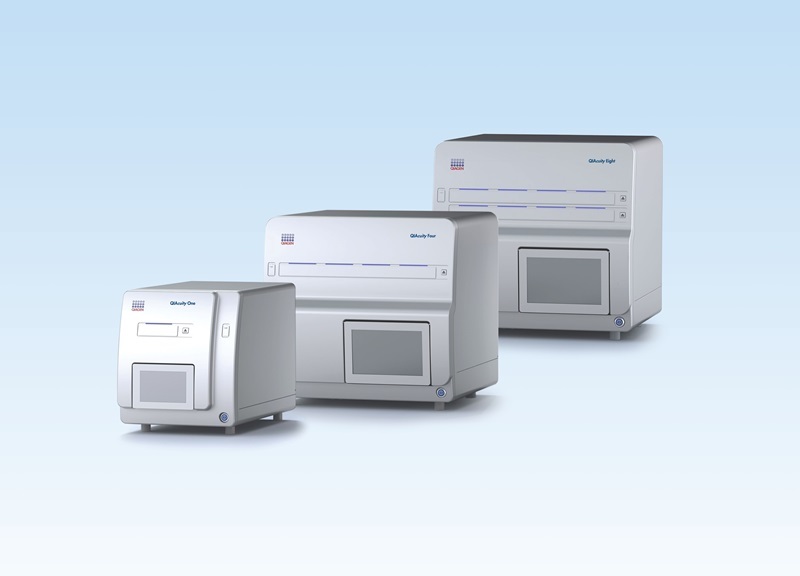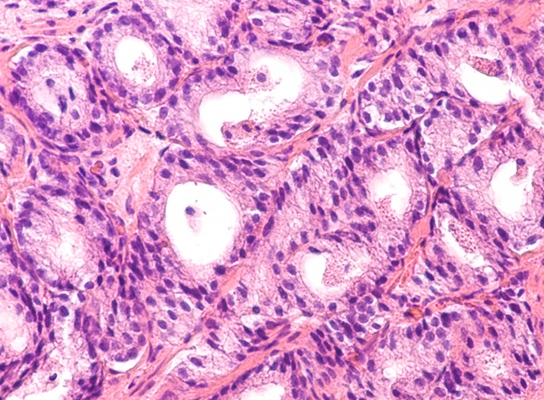Diabetes Linked to Specific Gene Mutation
|
By LabMedica International staff writers Posted on 23 Feb 2010 |
A recent paper described the role of the RFX6 gene in transforming pancreatic endodermal cells into insulin producing beta cells.
More than 170 million people around the world suffer from diabetes caused by the destruction or dysfunction of pancreatic islet of Langerhans beta cells, which results in insufficiency or lack of insulin.
In a study published in the February 11, 2010, online edition of the journal Nature investigators from McGill University (Montreal, Canada) and the University of California at San Francisco (USA) searched for genes that acted downstream of the known transcription factor neurogenin 3 (Neurog3), which initiates the differentiation of the beta-cells and other islet cell types from pancreatic endoderm.
Using a line of mice genetically engineered to lack the gene RFX6, they established that this gene was required for generation of any of the normal islet cell types except for pancreatic-polypeptide-producing cells. The results in mice mirrored data obtained from human infants with an autosomal recessive syndrome of neonatal diabetes. Genetic mapping and subsequent sequencing identified mutations in the human RFX6 gene in these children.
"This discovery brings us closer to one day finding a cure for diabetes. Now that we know the RFX6 gene is crucial in the process of insulin production, the door is open to finding a cure through gene therapy or therapeutics that will create new islets out of cells from the rest of the pancreas," said contributing author Dr. Constantin Polychronakos, professor of human genetics at McGill University.
Related Links:
McGill University
University of California at San Francisco
More than 170 million people around the world suffer from diabetes caused by the destruction or dysfunction of pancreatic islet of Langerhans beta cells, which results in insufficiency or lack of insulin.
In a study published in the February 11, 2010, online edition of the journal Nature investigators from McGill University (Montreal, Canada) and the University of California at San Francisco (USA) searched for genes that acted downstream of the known transcription factor neurogenin 3 (Neurog3), which initiates the differentiation of the beta-cells and other islet cell types from pancreatic endoderm.
Using a line of mice genetically engineered to lack the gene RFX6, they established that this gene was required for generation of any of the normal islet cell types except for pancreatic-polypeptide-producing cells. The results in mice mirrored data obtained from human infants with an autosomal recessive syndrome of neonatal diabetes. Genetic mapping and subsequent sequencing identified mutations in the human RFX6 gene in these children.
"This discovery brings us closer to one day finding a cure for diabetes. Now that we know the RFX6 gene is crucial in the process of insulin production, the door is open to finding a cure through gene therapy or therapeutics that will create new islets out of cells from the rest of the pancreas," said contributing author Dr. Constantin Polychronakos, professor of human genetics at McGill University.
Related Links:
McGill University
University of California at San Francisco
Latest BioResearch News
- Genome Analysis Predicts Likelihood of Neurodisability in Oxygen-Deprived Newborns
- Gene Panel Predicts Disease Progession for Patients with B-cell Lymphoma
- New Method Simplifies Preparation of Tumor Genomic DNA Libraries
- New Tool Developed for Diagnosis of Chronic HBV Infection
- Panel of Genetic Loci Accurately Predicts Risk of Developing Gout
- Disrupted TGFB Signaling Linked to Increased Cancer-Related Bacteria
- Gene Fusion Protein Proposed as Prostate Cancer Biomarker
- NIV Test to Diagnose and Monitor Vascular Complications in Diabetes
- Semen Exosome MicroRNA Proves Biomarker for Prostate Cancer
- Genetic Loci Link Plasma Lipid Levels to CVD Risk
- Newly Identified Gene Network Aids in Early Diagnosis of Autism Spectrum Disorder
- Link Confirmed between Living in Poverty and Developing Diseases
- Genomic Study Identifies Kidney Disease Loci in Type I Diabetes Patients
- Liquid Biopsy More Effective for Analyzing Tumor Drug Resistance Mutations
- New Liquid Biopsy Assay Reveals Host-Pathogen Interactions
- Method Developed for Enriching Trophoblast Population in Samples
Channels
Clinical Chemistry
view channel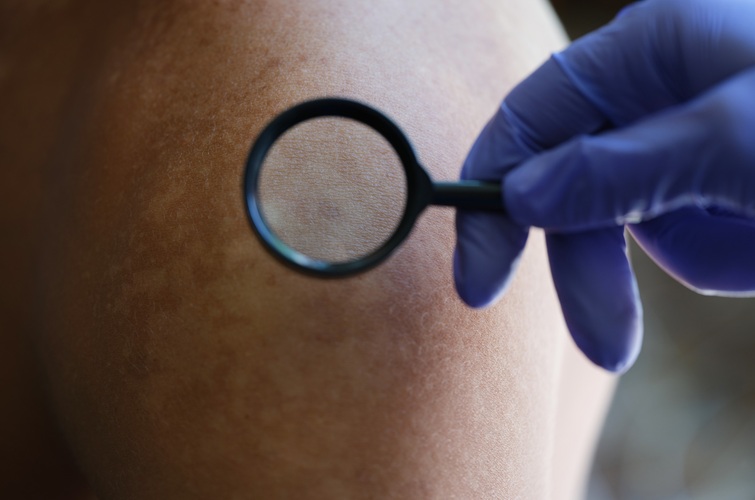
Simple Skin Test Could Revolutionize Diagnosis of Pediatric Eosinophilic Esophagitis
Eosinophilic esophagitis (EoE) is a chronic, food allergen-driven condition marked by inflammation and damage to the esophageal lining. Diagnosing EoE in children remains a clinical challenge, especially... Read more
Portable Diagnostic Tool Uses Bioluminescence to Detect Viruses at POC
Point-of-care diagnostics have become crucial tools in many households, enabling individuals to measure blood sugar, conduct pregnancy tests, and even perform their own COVID-19 assays. These diagnostics... Read more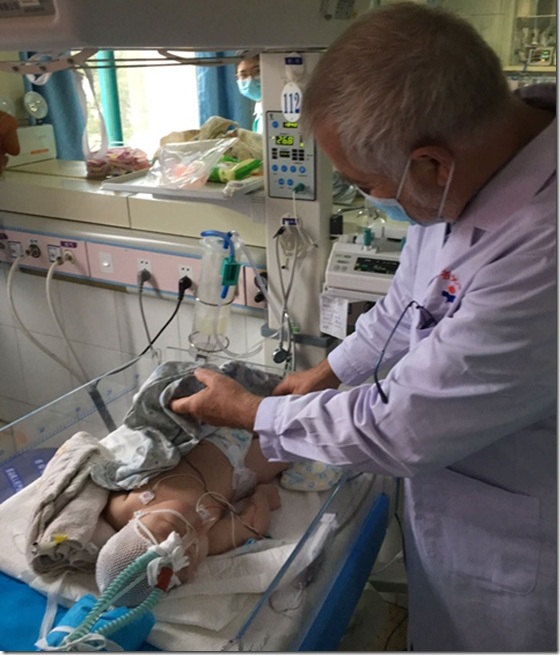
AI-Powered Lung Maturity Test Identifies Newborns at Higher Risk of Respiratory Distress
Each year, approximately 300,000 babies in the United States are born between 32 and 36 weeks' gestation, according to national health data. This group is at an elevated risk for respiratory distress,... Read moreMolecular Diagnostics
view channel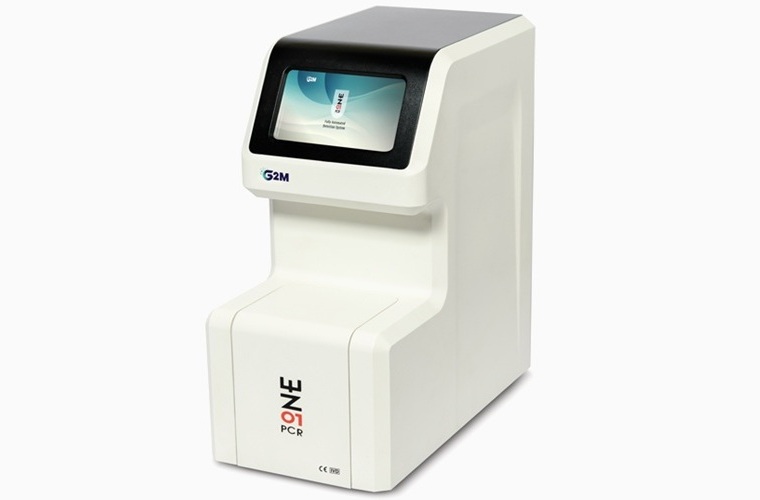
Fully Automated Detection System Revolutionizes Point-Of-Care Testing
A state-of-the-art, fully automated system simplifies diagnostics by integrating nucleic acid extraction and real-time PCR (RT-PCR) detection into a single, streamlined process. Its user-friendly design,... Read more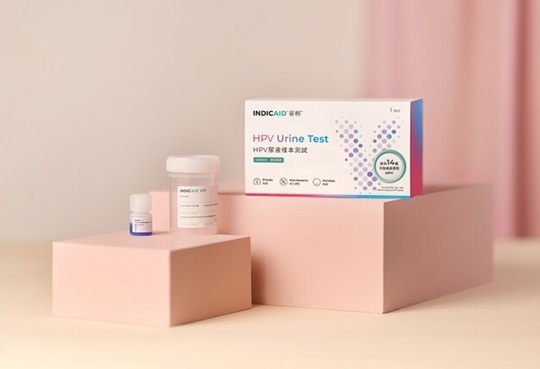
World’s First Urine-Based HPV Test to Transform Cervical Cancer Screening
Human papillomavirus (HPV) is a very common sexually transmitted infection (STI) that causes more than 95% of cervical cancer cases. Detection of HPV infections that lead to cellular transformation, followed... Read more
Novel Nanopore Sensing Platform Paves Way for Solid-State, Label-Free DNA Sequencing Technologies
Nanopore sensors are extremely small devices designed to detect and examine individual molecules by monitoring ionic changes as these molecules move through nanoscale pores. These sensors fall into two... Read moreHematology
view channel
Disposable Cartridge-Based Test Delivers Rapid and Accurate CBC Results
Complete Blood Count (CBC) is one of the most commonly ordered lab tests, crucial for diagnosing diseases, monitoring therapies, and conducting routine health screenings. However, more than 90% of physician... Read more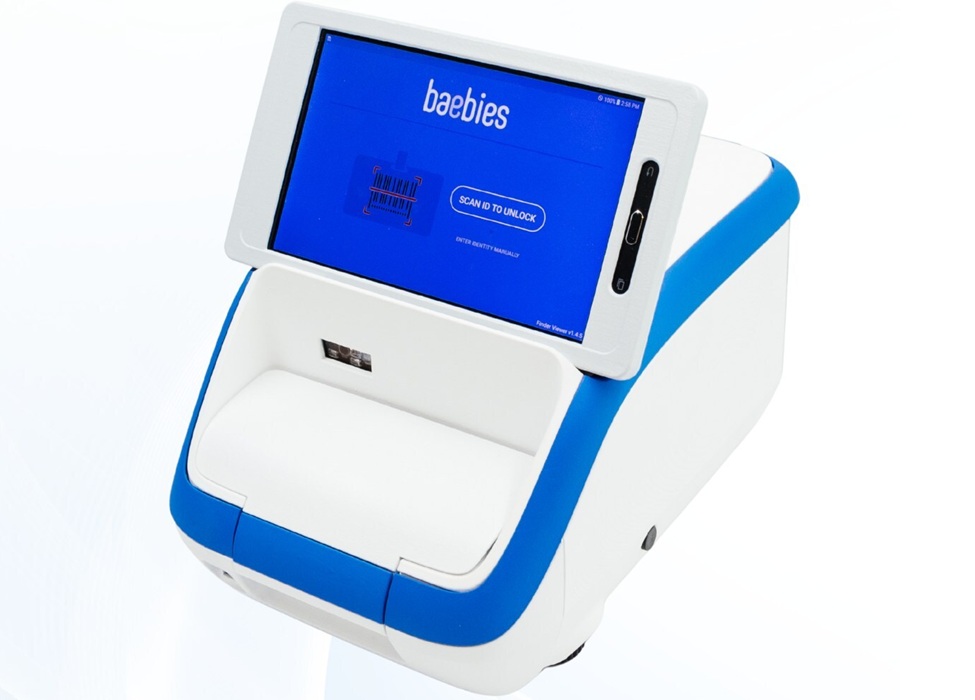
First Point-of-Care Heparin Monitoring Test Provides Results in Under 15 Minutes
Heparin dosing requires careful management to avoid both bleeding and clotting complications. In high-risk situations like extracorporeal membrane oxygenation (ECMO), mortality rates can reach about 50%,... Read moreImmunology
view channel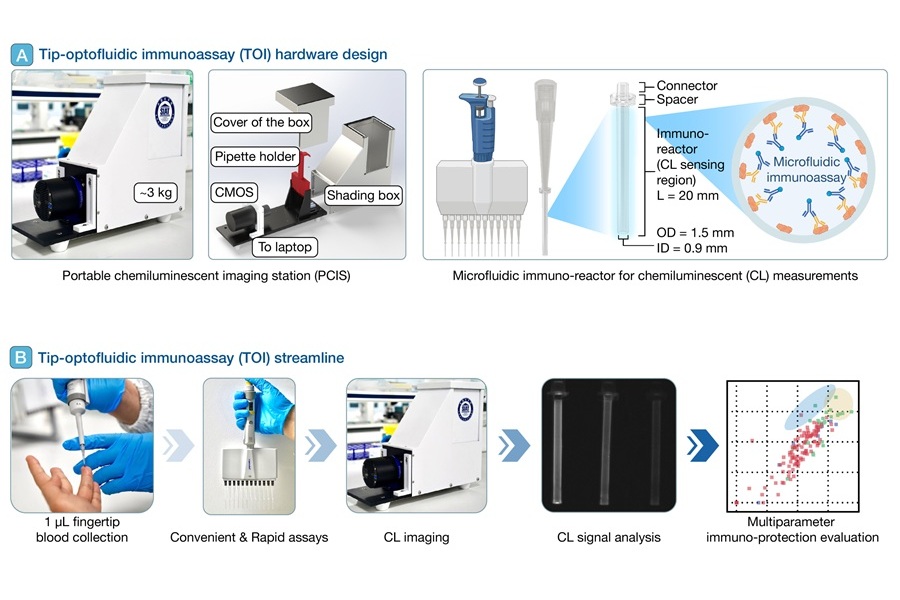
POC Diagnostic Platform Performs Immune Analysis Using One Drop of Fingertip Blood
As new COVID-19 variants continue to emerge and individuals accumulate complex histories of vaccination and infection, there is an urgent need for diagnostic tools that can quickly and accurately assess... Read more
Treatment Switching Guided by Liquid Biopsy Blood Tests Improves Outcomes for Breast Cancer Patients
Standard treatment for patients with advanced estrogen receptor (ER)-positive, HER2-negative breast cancer, a subtype driven by estrogen receptors that fuel tumor growth, often involves aromatase inhibitors,... Read more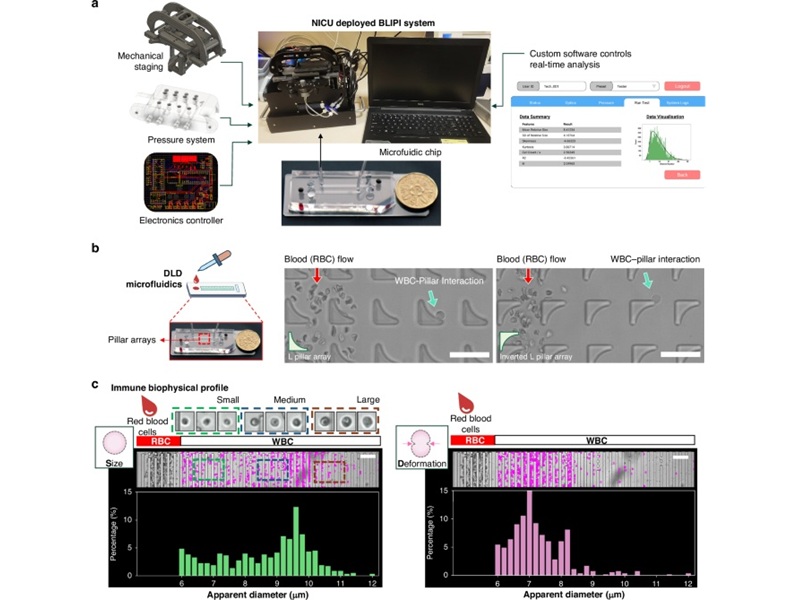
First-Of-Its-Kind Device Profiles Newborns' Immune Function Using Single Blood Drop
Premature infants are highly susceptible to severe and life-threatening conditions, such as sepsis and necrotizing enterocolitis (NEC). Newborn sepsis, which is a bloodstream infection occurring in the... Read more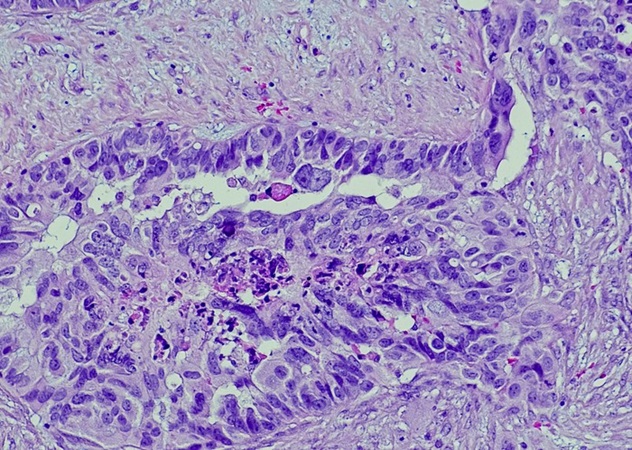
Stem Cell Test Predicts Treatment Outcome for Patients with Platinum-Resistant Ovarian Cancer
Epithelial ovarian cancer frequently responds to chemotherapy initially, but eventually, the tumor develops resistance to the therapy, leading to regrowth. This resistance is partially due to the activation... Read moreMicrobiology
view channel
Rapid Diagnostic Test Slashes Sepsis Mortality by 39%
Sepsis remains one of the most challenging and fatal conditions in contemporary healthcare, accounting for nearly one-third of all hospital-related deaths in the United States. In emergency departments... Read more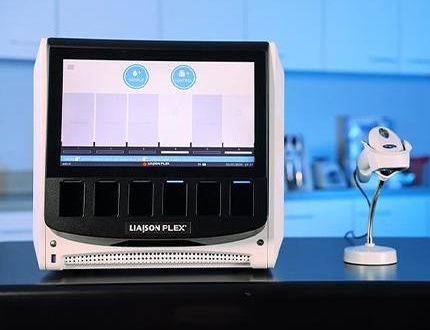
Blood Culture Assay Enhances Diagnostic Stewardship Through Targeted Panel Selection
Each year, around 250,000 individuals in the US are diagnosed with bloodstream infections (BSIs). Sepsis caused by these infections carries a mortality rate ranging from 16% to 40%, and any delay in administering... Read more
Real-Time Genome Sequencing Detects Dangerous Superbug Causing Hospital Infections
Superbug infections caused by Staphylococcus aureus, or ‘golden staph’, are notoriously difficult to treat and claim over one million lives globally each year. These bacteria can rapidly develop resistance... Read more
Diagnostic Test Accurately Detects Colorectal Cancer by Identifying Microbial Signature in Gut Bacteria
Colorectal cancer remains one of the deadliest and most common forms of cancer worldwide, with only 40% of cases diagnosed before metastasis. Current screening methods, like colonoscopy, are invasive and... Read morePathology
view channel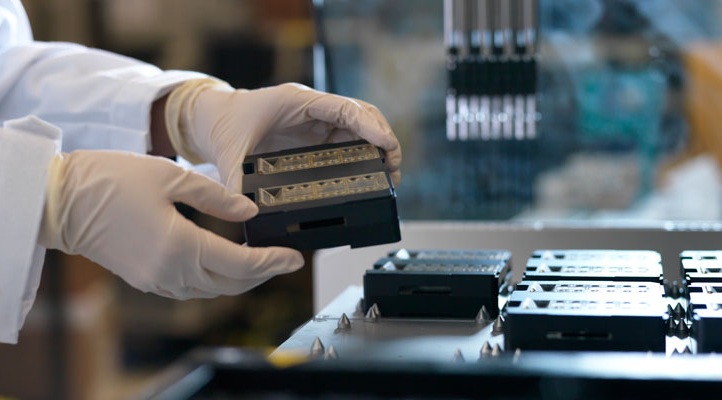
AI Method Speeds Up Cancer Tracking Using Blood Tests
Current techniques for detecting cancer DNA in the bloodstream, referred to as circulating tumor DNA (ctDNA), often depend on complex and costly DNA sequencing to identify common mutations associated with cancer.... Read more
New AI Tool Improves Blood Cancer Diagnosis
Traditionally, diagnosing blood and bone marrow cancers has involved doctors manually examining and classifying hundreds of cells under a microscope—an approach that is time-consuming but essential for... Read more
Novel Platform Technology Predicts Diseases by Early Detection of Aging Signals in Liver Tissue
Aging and chronic diseases are marked by the slow buildup of subtle tissue alterations over extended periods. However, quantitatively capturing these gradual changes within organs and associating them... Read moreTechnology
view channel
Enhanced Lab Data Management and AI Critical to Labs of the Future, Finds Survey
Data plays a key role in the transformation of today’s digital laboratories, acting both as a key challenge and a catalyst for innovation, as revealed by a survey of over 150 scientists.... Read more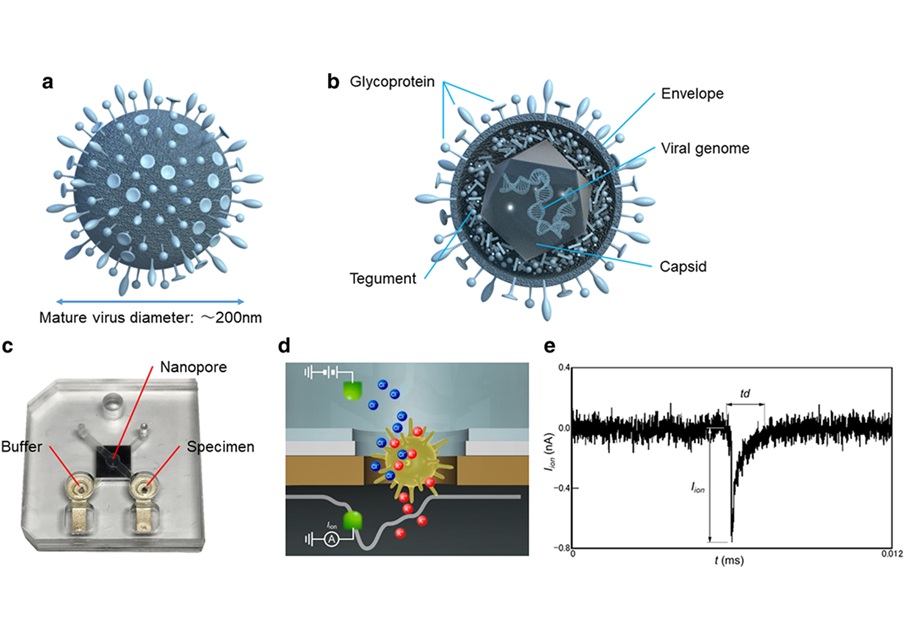
AI-Assisted Non-DNA Based Test Identifies Viral Infections in Minutes
Confirming viral infections typically involves DNA sequencing tests, which take hours and may not be available on-site. Moreover, these tests cannot differentiate between live and inactive virus particles.... Read moreIndustry
view channel
Aston University and BG Research Partner to Commercialize Groundbreaking Medical Diagnostic
Technology that can rapidly diagnose high-consequence infectious diseases will take a major step forward towards commercialization, thanks to a new partnership. A Knowledge Transfer Partnership (KTP)... Read more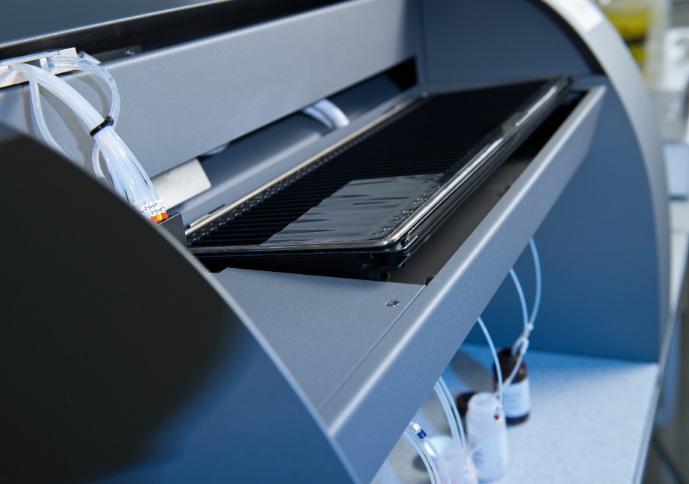
Fujirebio Collaborates with Stanford Medicine to Advance Infectious Disease Research
Fujirebio (Tokyo, Japan) has entered into a collaboration with Stanford Medicine (Palo Alto, CA, USA) to accelerate the adoption of ultrasensitive immunoassays that incorporate single-molecule counting... Read more
QuidelOrtho to Acquire MDx Company LEX Diagnostics
QuidelOrtho Corporation (San Diego, CA, USA) has announced a refocusing of its molecular diagnostics strategy which now includes acquiring LEX Diagnostics (Cambridgeshire, UK) and discontinuing development... Read more